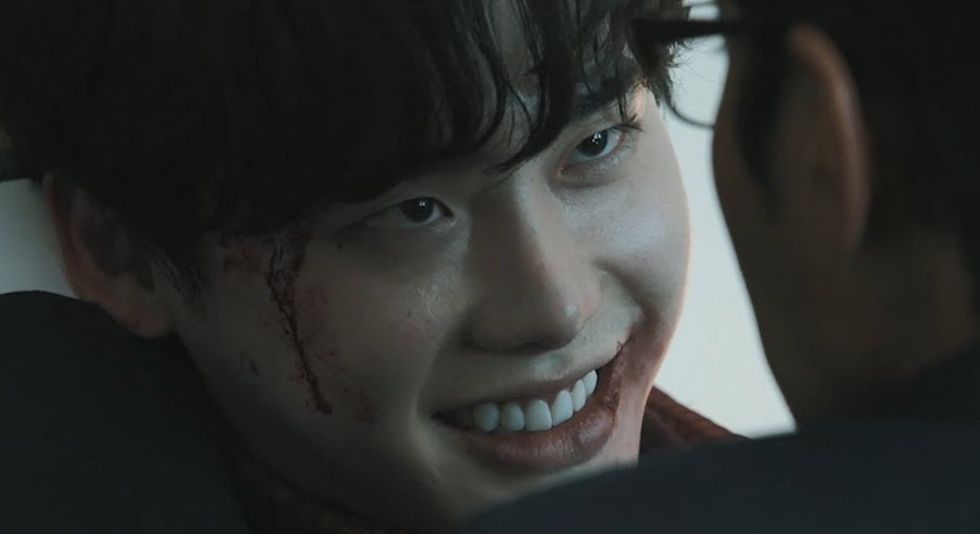Last weekend, I decided to treat myself to some solitude with a movie. I decided on a recent Korean release, titled V.I.P., which revolves around a North Korean guest and the combination of spies, government conspiracies, and action. While the plot itself was entertaining and the movie was quite well-made, the way it portrayed female characters, or the lack thereof, really got to me.
Throughout the movie, the only 'female' I saw, was either in form of a slaughtered body or as the victim of extreme torture. While I understood that these people were used to emphasize the main character's sadistic nature as a "psycho serial killer," I could not completely disregard that there was not a single relevant woman in the movie.
More interestingly, in the ending credits, the female extras were acknowledged for the role of "woman victim 1" rather than anything else. It seemed to me that it was important that the victims were females rather than victims. It really made me wonder why females became just that, a tool to accentuate the male lead, within the film industry, especially that of Korea.
Thankfully, I was not the only one who thought it was problematic, and reporters asked questions regarding this issue. After watching, I did some research, viewing interviews with the director regarding the issue of female representation. He said things about how he understands why women might feel frightened by the movie but that it was an artistic decision to draw out exactly that fear.
Looking back to my past Korean films, I recognized the pattern. V.I.P. wasn’t the first time that a female character was used solely to highlight and portray the male lead’s personality. Rather, it was common to use a woman, under the male gaze, as a tool rather than “being' as a person.
Most times, these women have no name nor emotions (and lines). Especially with the rise of popularity of movies with a focus on male-dominated fields and male-focused settings, female characters are less and less relevant to the movie. Instead, they are simply there to provide eye candy or to be used and tossed out.
Recently there even is a famous saying that “Jeon Do Yun can no longer act because there are no scenarios for her to act in.” Jeon, a famous Korean actress who holds the title of Queen of the Khans, cannot be in films not because of her own flaws but because there are no roles for her to play.
In a poll taken in December of 2016, out of the 23 movies with most views, only 7 had a female character (with a name) in the ending credits. Additionally, when considering the role of the woman as independent and not as an accessory to the male character, the numbers are even smaller. While, movies with female victims of theft, rape, kidnapping, murder still dominate the market.
What I’ve been noticing is that people argue that its an artistic integrity to show the cruel nature of humans or the extent of emotions. It's interesting to have a sob story, something big and loud which gives the character dimension and notice. Sometimes that background must be rape, violence, and murder, whether or not the character is woman or man or anything in between. But must the physical portrayal be so vivid and sexual and placed only on a woman?
It’s difficult to take on this question because we cannot create limitations to artistic freedom. To censor art would be too controversial while to allow every extreme depiction would leave only a bitter taste behind.
Whatever the artistic argument is behind the lack of dignity to actresses and woman in this specific industry, as a woman audience, I would love to see more female portrayal and respect put to her roles.
















